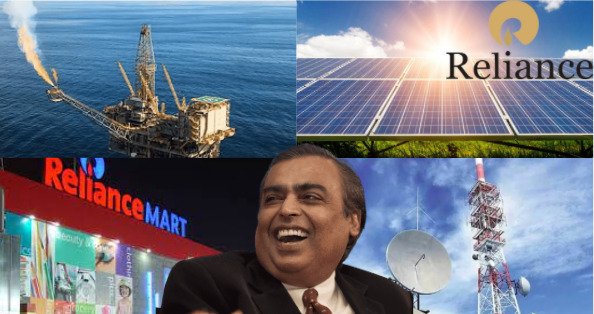
The stock market is skeptical of Mukesh Ambani’s new-energy ambitions. Even Mr. Ambani has labelled it as one of the “most challenging” missions of his life. He committed $10 billion to sustainable energy and fuel in June 2021. Following India’s surprisingly bold pledge in December’21 to transition to non-fossil fuels for half of its energy needs by the end of the decade, the tycoon increased his green wager sevenfold.
The corporation is witnessing new expansion across all business divisions. The 19% increase in March-quarter earnings and 37% increase in capital spending demonstrated that Ambani is again in expansion mode.

Yet, shares in his flagship Reliance Industries Ltd. are currently valued at 24 times profit, sharply lower than the price-to-earnings multiple of 37 in 2020, meaning, green technologies — the centerpiece of the strategy — aren’t getting much attention. Either investors don’t believe that India is ready for a hydrogen revolution, or they’re worried the group will overstretch its finances in chasing the rainbow.
The green-energy gamble is reminiscent of Reliance’s bet on polyesters in the 1980s, petrochemicals and refining in the 1990s and 2000s, and telecom and retail in the previous decade. But there’s one crucial difference. This time around, Mukesh Ambani’s Reliance “has identified an industry that although has great potential, is relatively new globally and so asking a largely fossil-fuel-powered economy of 1.4 billion people to switch to yet-unproven green hydrogen is a far more adventurous undertaking 🙂

This explains why investors are wary. As if this wasn’t enough, shareholders must now be concerned about a change of guard. The billionaire is now 66, and is turning over management of the company to his three children, the next generation has yet to persuade the market that they, too, have what it takes. Getting investors to rally behind Ambani’s most challenging mission yet is going to take more work.
Reliance plans to install 100 gigawatts of solar electricity by 2030. This is a significant portion of India’s overall aim of 450 gigawatts, a sevenfold increase over last year. It is also investing in electrolyzer manufacturing, fuel cells, and energy storage, particularly sodium-ion technology, which may be less expensive than lithium-ion batteries used in electric vehicles.
Reference- Economic Times, Mercom India, Financial Express, Business Standard, Bloomberg






